Details
Description
SKU: A0.973026
Composed by Francis Kayali. 20th Century,Concert,Contemporary. Score. 26 pages. Francis Kayali #5718759. Published by Francis Kayali (A0.973026).Composed between January and March 2003, the Suite for Piano was written for a recital by pianist Qi Liu (1976-2017), at Stony Brook University, in March of 2003.
The opening of the first movement evokes bells, not unlike those in Rachmaninoff’s "Russian Easter" (the finale of his First Suite for Two Pianos). This is contrasted with a short and murky rising gesture. The middle section incorporates pianistic patterns (some reminiscent of Debussy), a yearning Iberian melody, and a barely-recognizable snippet of Chopin used for a climax. The murky gesture eventually returns, introducing a triumphant statement of the opening bells.
Early on, I had decided the piece should include references to the other pieces on the recital’s program: Beethoven’s Piano Sonata No. 18 (op. 31, No. 3) and Brahms’s F minor Sonata (op. 5). As soon as I had word from Qi that she was going to play the Beethoven, I immediately wanted to hear it. I wasn’t familiar with the piece, and since I didn’t have a score or a recording of it at home, I decided to download it in MIDI format from the internet. Unbeknownst to me, the computer’s rendition transformed the lively second movement scherzo into a slow-moving hymn which reminded me of the Ode to Joy. I was quite surprised the next morning when I went to the music library and listened to a recording played by a human. Nonetheless, I was drawn to the melody, and I found the slow effect interesting, so I decided to base my middle movement (the slow movement) around the theme of Beethoven’s scherzo, making it the hidden theme for a short set of variations. The end of the movement also contains less direct references to the music of Brahms (very short allusions to the Sonata and to the Variations on a Theme by Haydn).
The last movement explores fast and light fingerwork, in a sort of toccata or capriccio, providing a flashy ending to the piece. As in the first movement, the form is A-B-A. Before the return of the first section, a little dance evokes the opening of the piece. (The "murky" gesture from the first movement also finds its way into this last movement).
Each of the three movements experiments at one point with using the sustain pedal in order to create a wash of sound. This effect is used most prominently in the second movement.
Movement I: https://www.youtube.com/watch?v=n-NKcs076UI
Movement II: https://www.youtube.com/watch?v=XSxkOcdlpiY
Movement III: https://www.youtube.com/watch?v=CntmWYdOA9Y
This product was created by a member of ArrangeMe, Hal Leonard’s global self-publishing community of independent composers, arrangers, and songwriters. ArrangeMe allows for the publication of unique arrangements of both popular titles and original compositions from a wide variety of voices and backgrounds.
Digital Downloads are downloadable sheet music files that can be viewed directly on your computer, tablet or mobile device. Once you download your digital sheet music, you can view and print it at home, school, or anywhere you want to make music, and you don’t have to be connected to the internet. Just purchase, download and play!
PLEASE NOTE: Your Digital Download will have a watermark at the bottom of each page that will include your name, purchase date and number of copies purchased. You are only authorized to print the number of copies that you have purchased. You may not digitally distribute or print more copies than purchased for use (i.e., you may not print or digitally distribute individual copies to friends or students).
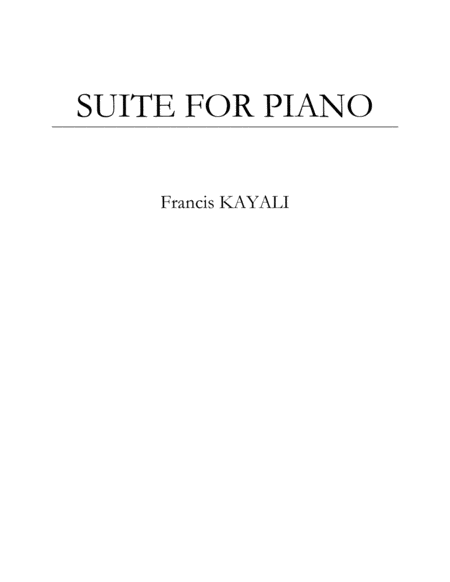
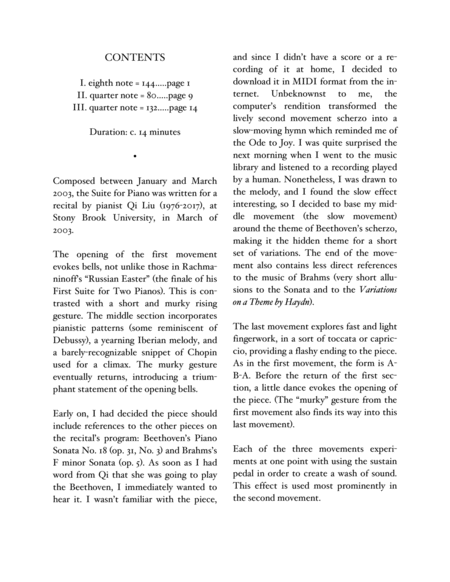
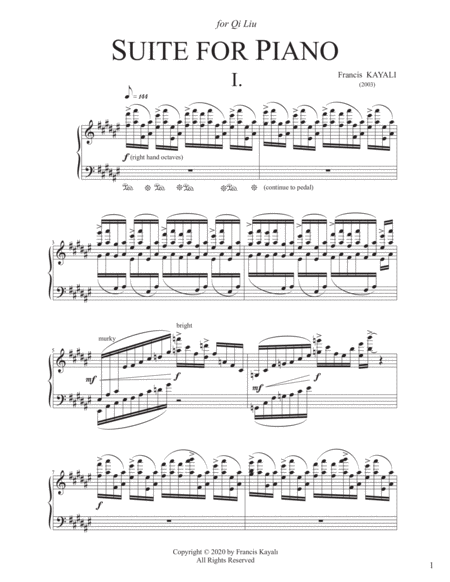
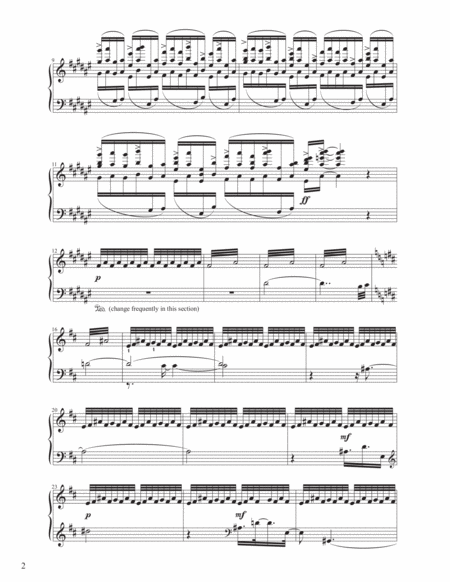
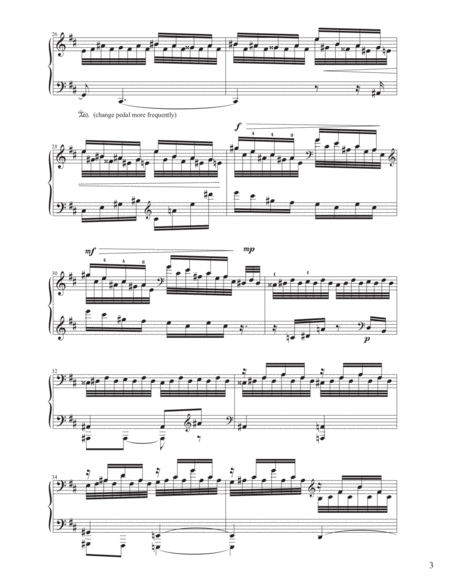
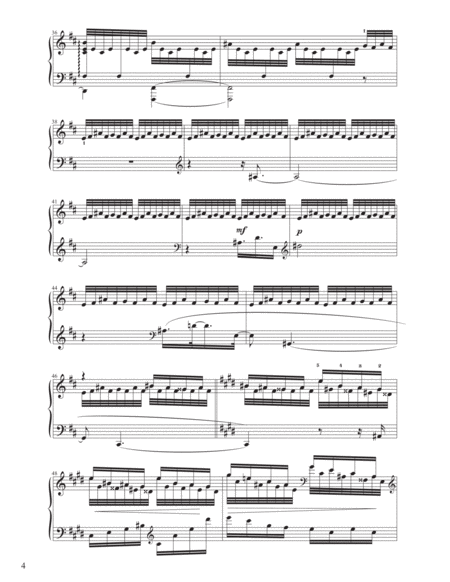

 Share
Share